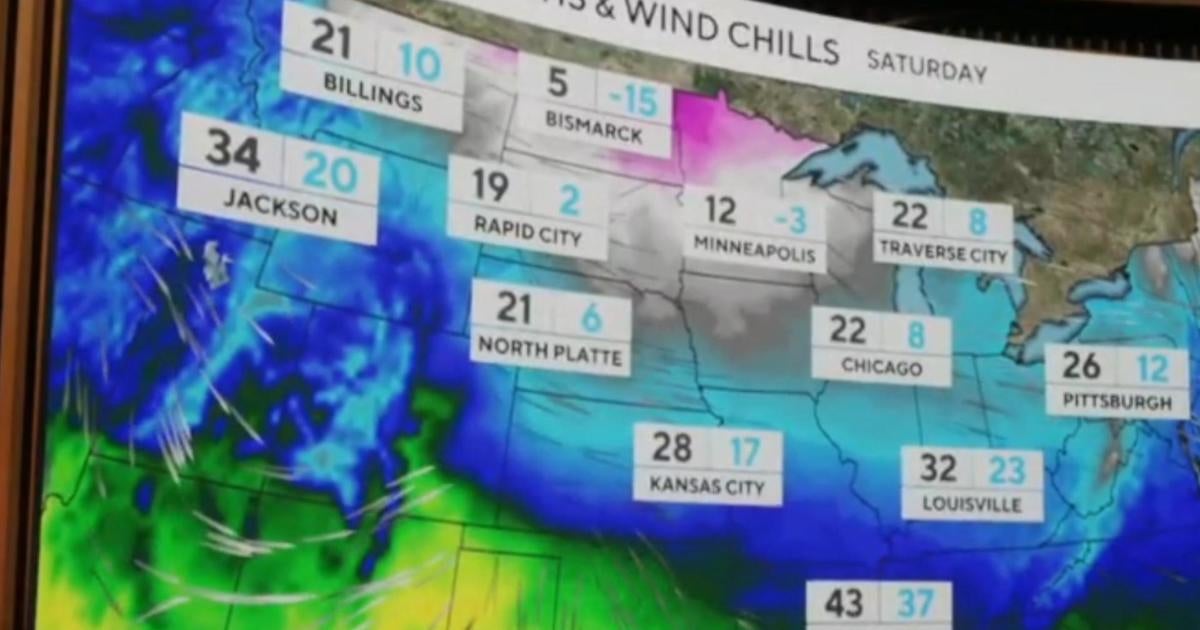Unraveling the Arctic: The Impending Impact of a Sudden Chill on U.S. Weather
As winter approaches, a powerful Arctic blast is on the horizon, ready to sweep across the United States. This sudden chill is not just a seasonal shift; it promises to transform weather patterns, bringing frigid temperatures and significant snowfall to many regions. Understanding how this Arctic influence operates is crucial for predicting its potential impacts on daily life, infrastructure, and the environment.
What Causes an Arctic Blast?
To grasp the magnitude of the upcoming Arctic chill, we must first explore what triggers such a phenomenon. An Arctic blast typically occurs when a mass of cold air from the polar regions descends southward, often due to disruptions in the polar vortex. The polar vortex is a large area of low pressure and cold air surrounding the Earth’s poles. When this vortex weakens, it can cause frigid Arctic air to spill down into lower latitudes, affecting weather systems across the U.S.
Several factors contribute to the strengthening or weakening of the polar vortex, including:
- Temperature Gradients: The difference in temperature between the Arctic and the mid-latitudes can drive the polar vortex’s behavior.
- Jet Stream Patterns: Variations in the jet stream can influence how the cold air moves southward.
- Ocean Currents: Warm ocean temperatures can impact atmospheric conditions, affecting weather patterns.
The Impacts of the Arctic Chill on Weather Across the U.S.
The impending Arctic blast is expected to have widespread effects on weather across various regions of the United States. From the Midwest to the Northeast, frigid temperatures will likely result in:
- Significant Snowfall: Areas in the northern U.S. may experience heavy snow, impacting travel and daily activities.
- Freezing Temperatures: Many states could see temperatures drop below freezing, putting vulnerable populations at risk.
- Increased Heating Costs: Homeowners may face higher utility bills as they crank up their heating systems to combat the cold.
Regional Variations and Effects
While the Arctic blast will affect the entire country, certain regions will experience its impact more acutely. Here’s a closer look at how different areas might be transformed by this sudden chill:
The Midwest
The Midwest is often the first region to feel the brunt of an Arctic outbreak. Residents can expect:
- Blizzard Conditions: Snowstorms can lead to blizzard conditions, making travel hazardous.
- School Closures: Severe weather may prompt school districts to close or delay classes.
The Northeast
The Northeast is no stranger to winter weather, but an Arctic chill can amplify conditions:
- Ice Storms: The combination of freezing rain and snow can create dangerous ice conditions on roads and sidewalks.
- Power Outages: Accumulating ice can cause tree branches to snap, leading to power outages.
The South
Even southern states aren’t immune to the effects of an Arctic blast:
- Rare Snow Events: Areas that rarely see snow may experience unexpected winter weather.
- Infrastructure Challenges: Many southern states lack the resources to handle snow and ice, leading to significant disruptions.
Implications for Daily Life
As the Arctic blast approaches, individuals and communities must prepare for the changes it brings. Here are some considerations:
- Emergency Preparedness: Residents should stock up on essentials like food, water, and medications in case of severe weather.
- Winter Safety: It’s vital to drive cautiously and keep emergency kits in vehicles. Preparing homes with proper insulation can also help manage heating costs.
- Community Resources: Local governments and organizations may offer resources for those in need, including warming shelters and food assistance.
Environmental Considerations: The Bigger Picture
The sudden chill brought on by Arctic weather patterns can have far-reaching environmental consequences. While winter storms are a natural part of the climate system, the increasing unpredictability of these events raises concerns:
- Climate Change Effects: As global temperatures rise, the polar regions are warming faster than elsewhere, which could lead to more erratic weather patterns.
- Wildlife Adaptations: Animals may struggle to adapt to sudden temperature shifts, impacting ecosystems and food chains.
- Water Resources: Snow accumulation can replenish water supplies, but rapid melting in the spring could lead to flooding.
Looking Ahead: Preparing for Future Arctic Blasts
As weather patterns continue to evolve, understanding the dynamics of Arctic blasts will become increasingly important. Here are some steps to consider for future preparedness:
- Stay Informed: Regularly check weather forecasts and listen to local advisories.
- Educate the Community: Share knowledge about winter preparedness and adaptive strategies.
- Advocate for Infrastructure Improvements: Support initiatives that enhance community resilience to winter weather.
Conclusion
The impending Arctic blast serves as a powerful reminder of nature’s unpredictability and the influence of polar weather systems on everyday life. By understanding the underlying causes and potential impacts of this sudden chill, individuals and communities can better prepare for the challenges it brings. Although the cold may be daunting, it also presents an opportunity for growth and resilience as we adapt to the ever-changing climate landscape.
As we unravel the complexities of Arctic weather phenomena, let’s remain optimistic and proactive in our approach to winter’s challenges, ensuring safety and preparedness for all.
See more Your Daily Weather



